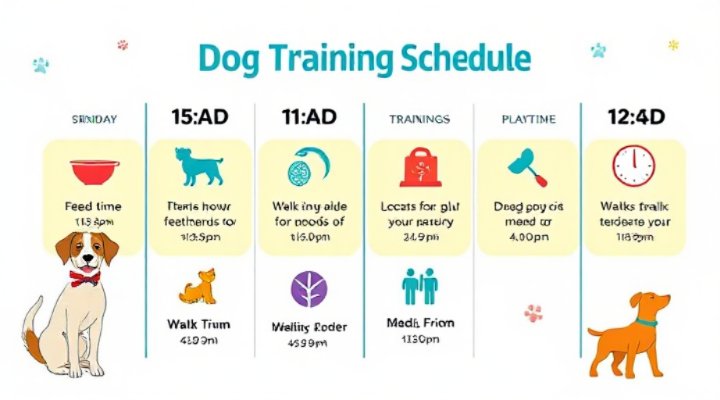Welcoming a new dog into your home is an exciting adventure, and proper dog training for beginners sets the foundation for a happy relationship. Above all, remember that every dog learns at their own pace, so patience is key. In other words, don’t expect perfection overnight – celebrate small victories along the way!

Essential Commands for Beginner Dog Training
Firstly, start with basic commands that establish communication between you and your pup. For example, ‘sit’ is typically the easiest command to teach and forms the basis for many other behaviors. Meanwhile, ‘stay’ helps with impulse control, and ‘come’ could literally be a lifesaver in dangerous situations.
Certainly, positive reinforcement works best – reward desired behaviors with treats, praise or play. As a result, your dog will associate obedience with good things. Moreover, keep training sessions short (5-10 minutes) to maintain your dog’s focus. If you’re looking for more advanced techniques, check out our guide on scientific training methods.

Socialization: A Crucial Part of Dog Training for Beginners
Subsequently, socialization should begin as early as possible. That is to say, expose your dog to various people, animals, environments and sounds in a positive way. For instance, puppy classes or controlled meetings with vaccinated dogs can work wonders.
However, go at your dog’s pace – forcing interactions can backfire. Likewise, always watch for signs of stress like tucked tails or flattened ears. The American Veterinary Society of Animal Behavior provides excellent resources on proper socialization techniques.

Establishing a Routine for Training Success
Further, dogs thrive on predictability. In addition to scheduled feeding times, incorporate regular training sessions, walks and playtime. Consequently, this structure helps your dog understand what’s expected and when.
Most importantly, consistency is crucial – use the same commands and reward system every time. Meanwhile, involve all family members in the training process so your dog receives uniform messages. Our complete pet training guide offers more tips on creating effective routines.

Common Beginner Training Challenges and Solutions
On the other hand, new owners often face hurdles like jumping, leash pulling or housebreaking issues. To clarify, these are normal behaviors that require patient correction rather than punishment.
For example, for leash pulling, stop walking when tension occurs – only proceed when the leash loosens. Similarly, for housebreaking, establish a regular bathroom schedule and reward outdoor elimination. The right nutrition also plays a role in successful house training.

Advanced Training and Next Steps
After mastering basics, you might explore fun tricks or specialized training. Meanwhile, remember that training is an ongoing process that strengthens your bond.
In conclusion, dog training for beginners requires patience, consistency and lots of love. Subsequently, the effort you put in now will reward you with a well-behaved companion for years to come. For more localized resources, consider our guide on finding quality training centers near you.
Related Keywords: puppy training basics, how to train a dog, easy dog commands, dog obedience training, positive reinforcement dog training

